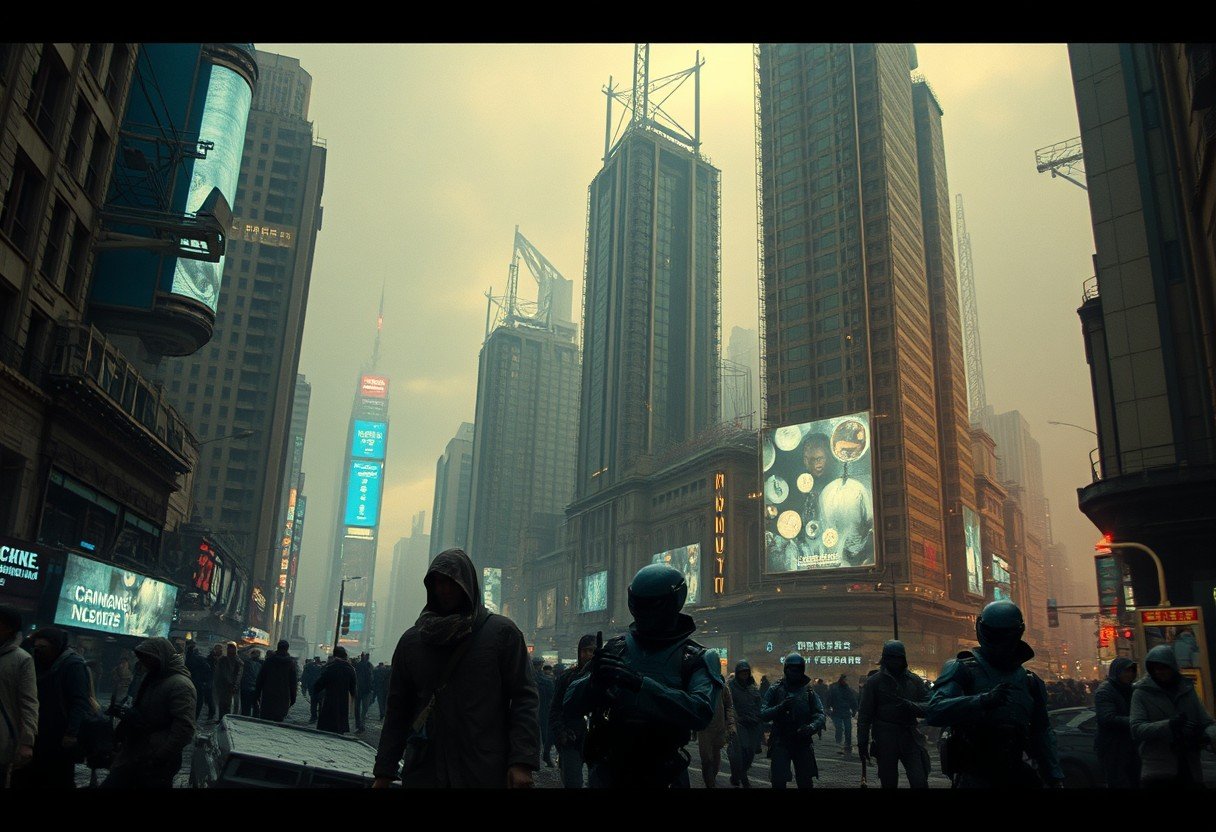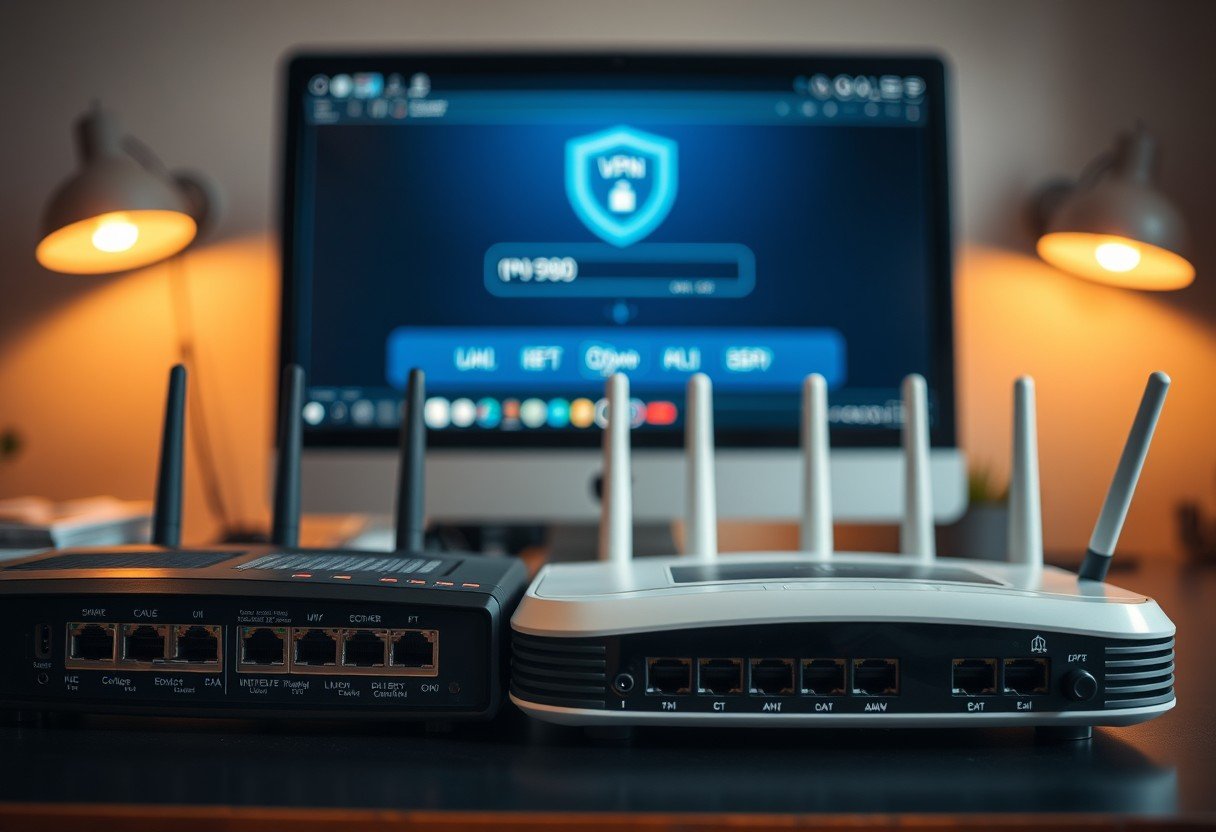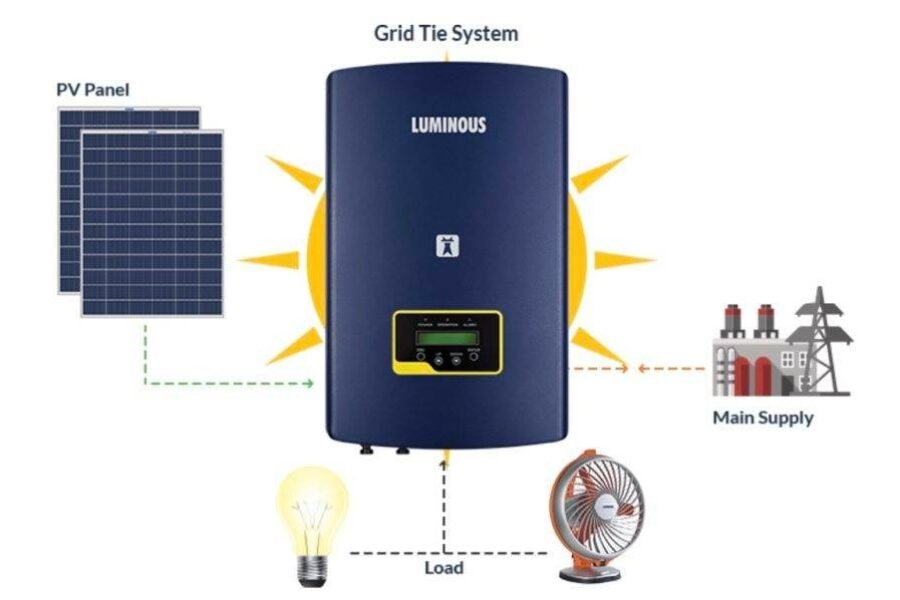It’s easy to think of technology as a purely positive force, bringing us everything from life-saving medicine to instant communication. However, every new invention has a flip side. Technological change can be negative when its unintended consequences, such as job losses, environmental damage, or social isolation, begin to outweigh its benefits. Understanding this paradox helps us use technology more wisely and thoughtfully, ensuring progress doesn’t come at too high a cost for society.
How Automation is Changing the Job Market
One of the most immediate negative impacts of technology is on employment. As machines and artificial intelligence become more capable, they are taking over tasks once done by humans, leading to significant job displacement across many industries.
This isn’t just about factory robots anymore. Software can now perform tasks in accounting, customer service, and even journalism. While this boosts efficiency for companies, it creates a massive challenge for workers whose skills are becoming obsolete. Many people find they need to completely retrain for new careers to stay employed.
This shift creates a “skills gap,” where there’s a mismatch between the jobs available and the skills of the workforce. This gap can worsen economic inequality, creating a divide between those who can work with new technologies and those who are left behind.
The Hidden Environmental Cost of Our Gadgets
Our love for new technology comes with a steep environmental price. From the moment a smartphone is made to the day it’s thrown away, it has an impact on the planet.
The manufacturing process is a major source of this problem. Creating our devices requires a huge amount of energy and resources.
- Resource Depletion: Mining for rare earth metals, essential for electronics, often devastates local ecosystems and uses vast amounts of water.
- Pollution: Factories that produce technology can release harmful greenhouse gases and toxic chemicals into the atmosphere and waterways.
- E-Waste: Discarded electronics, or e-waste, are a growing global problem, leaching hazardous materials like lead and mercury into the soil.
Furthermore, the energy required to power our digital world, from individual devices to massive data centers, contributes significantly to climate change. While technology can provide green solutions, its current production and consumption cycle is often unsustainable.
Are We More Connected or More Alone?
Technology, especially social media, promised to connect us like never before. While it allows us to stay in touch with people across the globe, it has also been linked to a rise in social disconnection and loneliness.
Face-to-face interaction is rich with non-verbal cues like body language and tone of voice, which are often lost in digital communication. This can make online relationships feel shallow and unfulfilling compared to real-world connections.
The constant comparison to curated, perfect lives online can also have serious mental health implications. Studies have shown correlations between high social media use and increased rates of anxiety, depression, and low self-esteem. We may have hundreds of online “friends” but still feel deeply isolated.
Your Privacy in the Digital Age: A Growing Concern
In our hyper-connected world, personal privacy is becoming a rare commodity. Every click, search, and location check can be tracked, collected, and used by corporations and governments, often without our full understanding or consent.
This constant surveillance is not just about targeted ads. It raises serious questions about individual freedom and the potential for misuse of our personal data. Data breaches are now common, exposing sensitive information like financial details and health records to criminals.
The table below shows the trade-off we often make between convenience and privacy.
| Technological Convenience | Potential Privacy Risk |
|---|---|
| Social Media Logins | Data collection on personal habits and connections |
| Smartphone Location Services | Constant tracking of your physical movements |
| Smart Home Devices | Listening to private conversations in your home |
| Facial Recognition | Unauthorized monitoring and identification in public spaces |
Social Media: A Prime Example of Tech’s Dark Side
If we need one clear example of technology’s negative potential, social media is a powerful one. It was designed to bring people together but has also created deep societal problems.
One of the biggest issues is the spread of misinformation. Algorithms designed to maximize engagement often end up promoting sensational, divisive, or outright false content. This has been shown to polarize societies, influence elections, and erode trust in institutions like science and journalism.
These platforms also create “echo chambers,” where users are only shown content that confirms their existing beliefs. This reduces exposure to different viewpoints and can make it harder for people to find common ground, leading to a more fractured and less empathetic society.
Frequently Asked Questions
Can technology really cause job loss?
Yes, technology like automation and AI can replace human labor in various sectors, from manufacturing to data entry. This leads to job displacement, requiring workers to adapt by learning new skills for different roles.
What are the main negative environmental impacts of technology?
The main impacts include resource depletion from mining rare metals, pollution from manufacturing processes, high energy consumption from data centers, and a growing global e-waste problem from discarded devices.
How does social media affect mental health?
Social media can negatively affect mental health by fostering a culture of social comparison, which may lead to low self-esteem, anxiety, and depression. It can also contribute to feelings of loneliness despite the appearance of connectivity.
Is my personal data safe with new technologies?
Advancements in technology have increased privacy risks. Your personal data is collected by apps, websites, and smart devices, making it vulnerable to data breaches, misuse by companies, and surveillance by government agencies.
What is an “echo chamber” and why is it bad?
An echo chamber is an environment, often on social media, where a person only encounters information or opinions that reflect and reinforce their own. This is harmful because it limits exposure to diverse perspectives and can increase societal polarization.







Leave a Comment